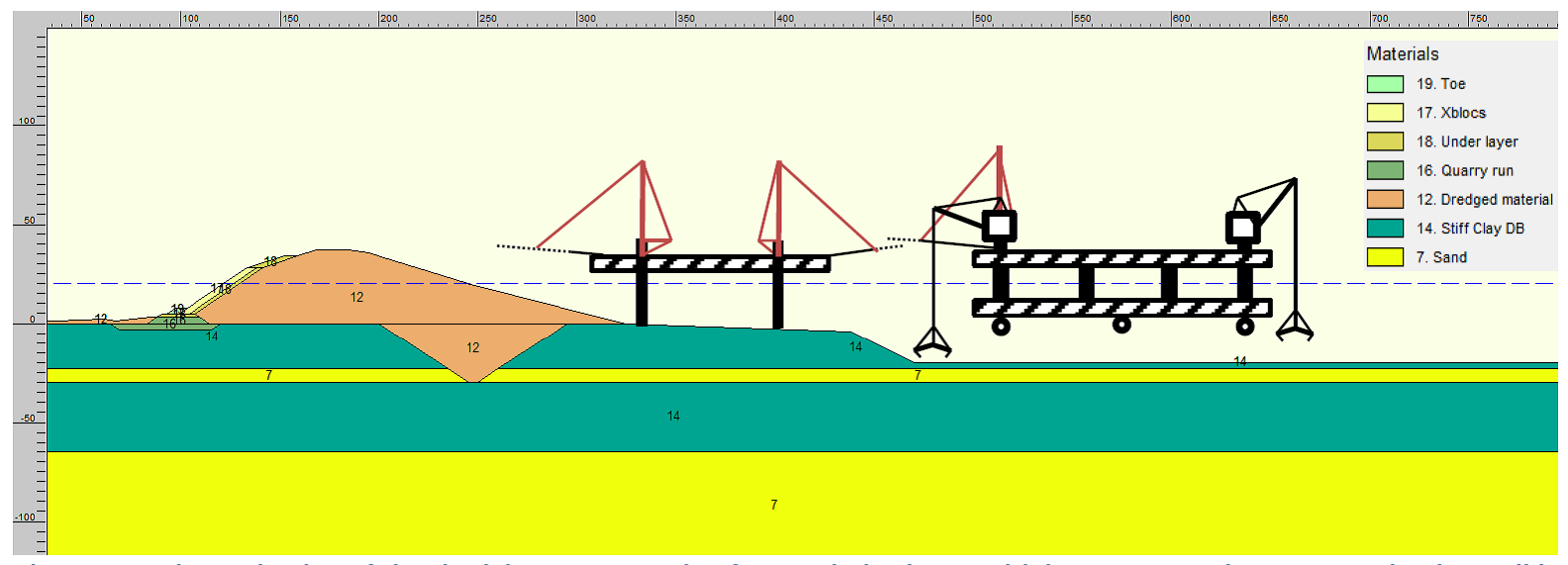Hydropower Engineering
The Netherlands is a country with a lot of water flow, but little topographic variation. Therefore, innovative low-head hydropower generation and pumping schemes are continuously being developed and refined. These schemes include a range of terrestrial and ocean energy generation and storage schemes.
Many Dutch hydropower schemes are built as retrofits into existing navigation and flood control projects. These include run of river barrages on the Rhine, Maas, and tributaries, as well as the tidal turbines in the Oosterscheldt barrier. Other schemes, such as the run of river plant on the Dommel, were designed with the goal of generating power while having no effect on fish passage.
Due to a lack of mountains, together with the increasing irregularity of power production in the renewable energy economy, Dutch engineers have also proposed building massive pumped energy storage basins in the North Sea, such as the original Plan Lievense, and the more recent North Sea energy island (inverted Plan Lievense).
Research in our section spans various aspects of hydropower production. Examples of recent and current research topics include:
- Hydrodynamic modeling of a tidal bay and the energy generation potential of a tidal barrage in the bay.
- Economic feasibility analysis, design, and construction planning for a North Sea energy island dike ring and pump/powerhouse.
- Experimental and CFD analysis of the robustness of OWC breakwaters subjected to storm waves.
- Implementation of low head hydropower for energy recovery in Dutch polders.
- Analysis of the efficiency and fish friendliness of innovative low head turbines and pumps.
- Investigation of methods for reducing the sediment-blocking effect of a hydropower dam.
